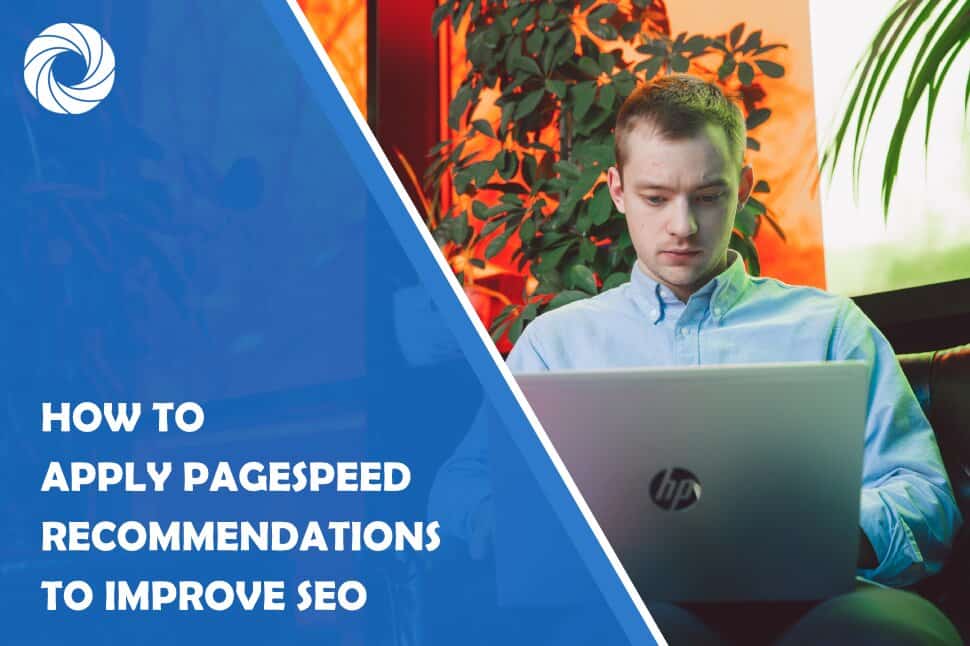Have you ever experienced the troubles of waiting for a website to load, and it never does? Or it being way too slow on your smartphone, but on your computer, it opens instantly? These problems are very common, but luckily, there is a way to track and improve the speed of your website.
In 2010, Google released a tool called PageSpeed Insights which makes keeping track of whether a site is working properly much easier. The way it works is very simple and easy to explain. The tool provides the user with both lab data and field data. To elaborate, lab data is the data that is collected in controlled environments and it is great for finding bugs and other technical issues that you need to solve before you make your website public. Field data, however, is the real-time user experience provided by your website and the reaction users have to it.
It is very important that your website is optimized to be as fast as possible because having a faster-loading and faster-responding website means more people are going to check it out. What is also good about PageSpeed is that it shows the lab data and the field data for both desktop and mobile users so you know exactly which version of your site you need to improve.
If the load speed is between one and five seconds, the bounce probability will increase by 90 percent and if the load speed is between one and ten seconds, the bounce probability will increase by 123 percent. Basically, what I am telling you is, that the speed of your website is very important and you must not take this matter lightly, because it will cause people to leave your site.
I know this sounds problematic, but it can easily be solved with PageSpeed. How? Well, first, you start with a test, and after that, if there are problems, PageSpeed will show you what may be causing them and will also offer you solutions.
As I said before, load speed plays an important role in having a successful website, so you have to keep it as fast as possible. PageSpeed will help analyze the performance of your website, but you also need tools that will help improve that performance. That is why we will now talk about one of the best tools of that sort.
The Hummingbird plugin
Having a faster website also means that it is going to have better SEO. What is SEO? It is basically a practice of improving a website and its content so that it appears on the top of the search engine results. That way it prevents people from having to deal with slow and poorly-performing websites.
We mentioned this before, but one important thing to keep an eye on is the asset optimization of your website. Hummingbird allows you to do that by customizing the position of your CSS, JavaScript, and other files to increase the loading speed of your website. By doing so, you are actually minifying the usage of CSS, JavaScript, and other files on your website.
How do you make that happen? Easily, just one click of a button and everything is solved.
Basically, it is a lot easier and faster to send files when they are compressed and zipped and you will also save money on hosting by having smaller files.
Like with everything else, when compressing into GZIP, Hummingbird does all the work, which means you can sit back and relax. All you need is one click to start the process and you're done.
The combination of Hummingbird and Smush is truly the best thing for optimizing your website and making it faster. So do not miss out on these two plugins, because thanks to them, improving a website has never been easier.
When it comes to pricing, Hummingbird offers unbelievable deals. There is a free version of the plugin that works great, but in this article, we were mainly talking about features provided by Hummingbird PRO. If you want to find out for yourself what the PRO version can do and how much better your website would be with it, there is a seven-day free trial. After that, the prices go from $5 per month or $60 per year for one website. For up to ten websites, the price is $12 per month or $140 per year. And for an unlimited number of websites, the price is $24 per month or $290 per year. The yearly subscriptions do save you money, so think about that as well!
Conclusion
If you are looking for something good, simple, and efficient for optimizing your website, you should definitely try Hummingbird. All of its features that have been explained in this article don’t even begin to show the true potential of this tool.
Pair it with Smush, the plugin that compresses images on your website, and you got a combination of tools that not only makes your website faster but helps you with getting more clicks, views, and a much larger audience.
